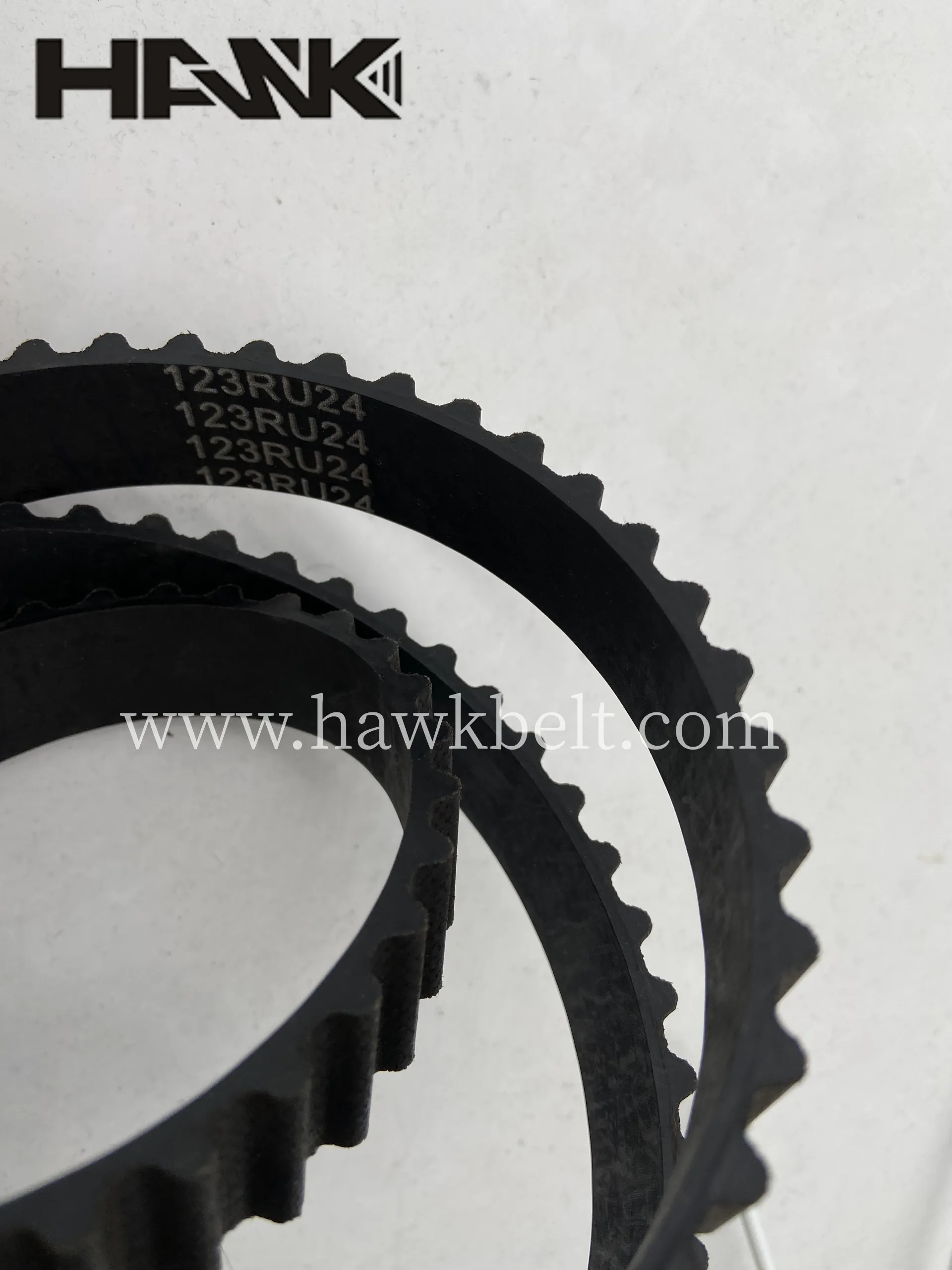- Arabic
- French
- Russian
- Spanish
- Portuguese
- Turkish
- Armenian
- English
- Albanian
- Amharic
- Azerbaijani
- Basque
- Belarusian
- Bengali
- Bosnian
- Bulgarian
- Catalan
- Cebuano
- Corsican
- Croatian
- Czech
- Danish
- Dutch
- Afrikaans
- Esperanto
- Estonian
- Finnish
- Frisian
- Galician
- Georgian
- German
- Greek
- Gujarati
- Haitian Creole
- hausa
- hawaiian
- Hebrew
- Hindi
- Miao
- Hungarian
- Icelandic
- igbo
- Indonesian
- irish
- Italian
- Japanese
- Javanese
- Kannada
- kazakh
- Khmer
- Rwandese
- Korean
- Kurdish
- Kyrgyz
- Lao
- Latin
- Latvian
- Lithuanian
- Luxembourgish
- Macedonian
- Malgashi
- Malay
- Malayalam
- Maltese
- Maori
- Marathi
- Mongolian
- Myanmar
- Nepali
- Norwegian
- Norwegian
- Occitan
- Pashto
- Persian
- Polish
- Punjabi
- Romanian
- Samoan
- Scottish Gaelic
- Serbian
- Sesotho
- Shona
- Sindhi
- Sinhala
- Slovak
- Slovenian
- Somali
- Sundanese
- Swahili
- Swedish
- Tagalog
- Tajik
- Tamil
- Tatar
- Telugu
- Thai
- Turkmen
- Ukrainian
- Urdu
- Uighur
- Uzbek
- Vietnamese
- Welsh
- Bantu
- Yiddish
- Yoruba
- Zulu
Dec . 25, 2024 12:09 Back to list
Understanding Original V-Belts and Their Importance in Mechanical Systems
Understanding Original V Belts Significance and Applications
V belts are an essential component in various mechanical systems, primarily used for power transmission. Their design, efficiency, and reliability make them a crucial aspect of many industrial and automotive applications. Among the different types of V belts available in the market, the original V belts stand out for their quality and performance. This article delves into the significance of original V belts, their construction, and their wide-ranging applications.
The Importance of Original V Belts
Original V belts are designed to meet precise specifications set by manufacturers. These specifications ensure that the belt performs optimally under various operating conditions. Using original V belts rather than generic or counterfeit alternatives offers several advantages. They are developed with high-quality materials that can withstand wear, heat, and stress over time, thereby providing superior durability and performance.
Moreover, original V belts undergo rigorous testing to conform to international standards. This testing boosts confidence in their reliability and longevity, which is vital for industries where machinery downtime can lead to significant financial losses.
Construction of Original V Belts
The construction of original V belts includes carefully selected materials and advanced manufacturing techniques. The belt typically consists of a rubberized body, which offers flexibility and resilience, combined with a reinforcing layer of fabric or steel cords that enhance strength and stability.
1. Material Composition High-quality rubber compounds are used to provide an optimal balance of flexibility and resistance to wear. These materials also offer a degree of flexibility that is necessary for the belt to fit snugly into the pulleys, reducing slippage and improving grip.
2. Design Specifications Original V belts are designed in specific profiles, typically in a trapezoidal shape, which allows them to engage efficiently with the pulleys. The profile ensures maximum contact surface area between the belt and the pulley, thereby facilitating effective power transmission.
3. Manufacturing Standards Original V belts are manufactured following strict quality control measures to ensure consistency and reliability. The manufacturing process incorporates advanced technology to eliminate defects and achieve precision.
Applications of Original V Belts
The versatility of original V belts makes them suitable for a wide range of applications across various sectors, including
original v belt

1. Automotive In vehicles, original V belts are primarily used to drive accessories such as alternators, power steering pumps, and air conditioning compressors. The efficiency of power transfer in these belts contributes significantly to overall vehicle performance and energy savings.
2. Industrial Machinery In manufacturing settings, original V belts play a critical role in driving conveyors, fans, and pumps. Their ability to handle load fluctuations without risk of failure makes them ideal for use in machinery that operates continuously.
3. Agricultural Equipment In agriculture, original V belts are essential for the operation of equipment such as tractors and harvesters. They ensure that power is transmitted effectively from the engine to various attachments, enhancing productivity and efficiency.
4. HVAC Systems In heating, ventilation, and air conditioning systems, original V belts are used to drive blowers and compressors. Their reliability is crucial in maintaining proper airflow and temperature control in residential and commercial buildings.
Maintenance and Best Practices
To ensure the longevity and effectiveness of original V belts, regular maintenance is vital. Here are some best practices
- Regular Inspection Periodically check belts for signs of wear, cracks, or fraying. Early detection can prevent more significant issues down the road.
- Proper Alignment Ensure that the pulleys are aligned correctly. Misalignment can lead to premature wear and inefficiency.
- Regular Replacement Follow manufacturer guidelines for replacement intervals. Even original V belts have a lifespan, and timely replacement can prevent unexpected breakdowns.
Conclusion
Original V belts represent a critical component in many machinery and automotive systems. Their design, durability, and efficiency are paramount in ensuring smooth operations across various applications. By understanding the significance of original V belts and adhering to maintenance best practices, industries can maximize productivity while minimizing downtime. Investing in original V belts is not just a matter of performance; it’s an assurance of quality and reliability that translates into substantial long-term benefits.
-
Upgrade Power Steering Pump Belt for Smooth, Quiet Operation
NewsAug.27,2025
-
Precision Timing Belt & Chain: Engine Performance & Durability
NewsAug.26,2025
-
Precision Lathe Drive Belts: Durable & Reliable Performance
NewsAug.25,2025
-
84.5 Serpentine Belt: Durable & Precision Fit for Your Engine
NewsAug.24,2025
-
Premium Ribbed Drive Belts for Quiet Power Transmission
NewsAug.23,2025
-
High-Performance Vehicle Timing Belt for Engine Precision
NewsAug.22,2025

